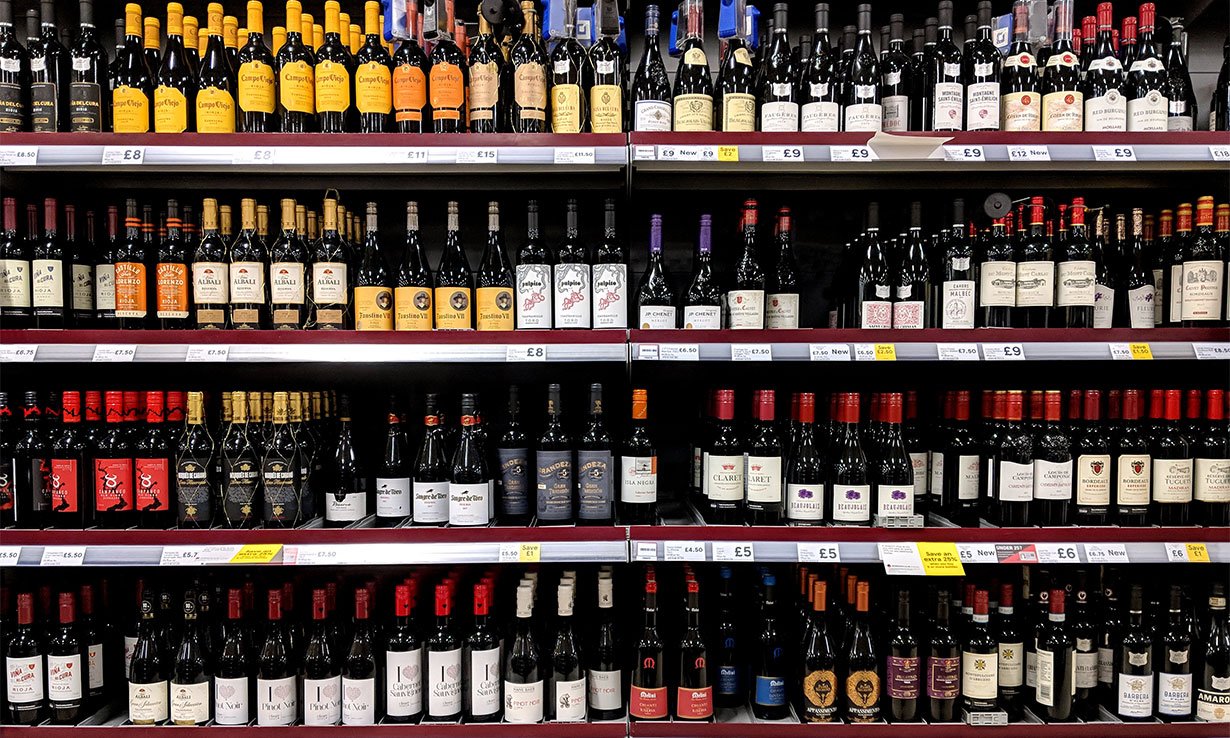
File photo for reference only
ANALYSIS
International tourists and new arrivals into Thailand are usually shocked by how much more expensive wine is in Thailand compared with their home country.
It is typically sold in supermarkets and wine stores at a local equivalent retail price range of 300 baht (c. US$10) to 600 baht (c. US$20) – and upwards.
When ordered in a restaurant these retail prices can be more than doubled.
This is almost entirely due to Thailand’s heavy and complex alcohol excise and tax regime.
In Thailand for wine there is a tariff of 60 percent on imports.
All other taxes compound off from the imports cost, insurance, and freight (CIF) plus the tariff cost.
Domestic wine taxes are calculated just on the cost and not the remaining values of the CIF and import tariff.
Although some local wines are drinkable of course imported wines are hard to beat.
With people’s budgets being hit by the cost of living and as we are still experiencing high freight costs it is not surprising that bringing in a crate of imported wine is expensive even before the wholesale must add the high Thai taxes.
Of course, if you are flying into Thailand, you could bring your friends some wine from Australia or Europe however you can only bring in 1 litre tax free.
How much is tax and duty on wine?
According to online figures the Wine Duty and VAT is £2.23 per 75cl bottle of still wine. £2.86 per 75cl bottle of sparkling wine. £2.89 per 75cl bottle of fortified Port wine.
One of our AseanNow viewers posted this comment recently, “I think in general it is clear that Thailand is not a traditional wine drinking culture and most wine is imported, so it is in the country’s interest to tax it heavily as a luxury to discourage more foreign debt.
Also, perhaps, it is seen as a farang thing and a way to soak farangs, who when push comes to shove, will buy wine when they need it, no matter the ridiculous price.”
I think he has a fair point as most Thais would prefer a bottle of whisky rather than a good bottle of wine as a birthday gift.
Useful tip
According to a wine expert if you understand and appreciate wine and live in Thailand, you would most likely buy imported labels mostly available in supermarkets or even 7-11 stores across the country.
These imported wines are on supermarket shelves with a blue excise stamp on the cap.
Your choices are abundant with wines from Australia, France, South Africa and other countries.
If you are a tourist coming to visit this country on a tight budget and would like a cheap bottle for lunch you would invariably go for those local blends with an orange excise stamp sticking across the top of the cap.
A keen eye can tell you which one is imported and which is a local blend.
Although most of you might not know that local blends are made from about half real wine (in international terms of wine that is made from Vitis vinifera) and the other half fruit wine in order to reduce the tax from 60 % to 25 %.
The reason that you didn’t know is that on the label nothing is written in English to inform you about this.
Only the word FRUIT WINE at the back with a small font-size that aroused your suspicion.
Legally the label must state the fruit to which the wine is blended and this is actually written in Thai so as to conform to the law perfectly.
So many of us will just have to buy a decent bottle of wine to drink for a special occasion or hope that all their mates coming over to the Land of Smiles soon will include a decent litre bottle of a good vintage.
(Source: – Asean Now)













